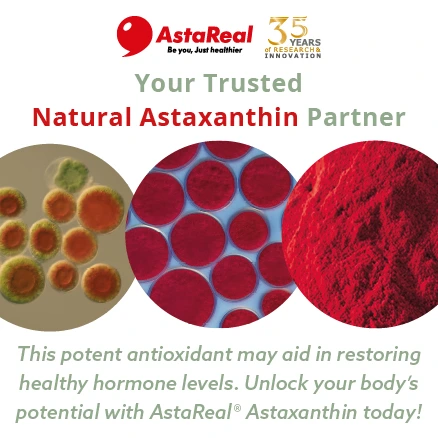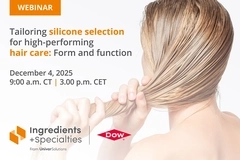Mask and treatment trends in North America
Discover the skin care demands that are shaping mask and treatment innovations in the US and Canada.
Key takeaways
- Consumers in the US and Canada are demanding science-backed, natural, and ethical mask and treatment formulations.
- Local brands are gaining trust as buyers seek targeted, convenient solutions tailored to regional skin needs.
- Mask and treatment innovation is accelerating around fermented actives, microbiome support, and sustainable packaging.
Masks and treatments have become essential in skin care routines across North America, evolving from occasional indulgences to must-have solutions for targeted concerns. Consumers seek effective formulations in this category backed by science, sustainability, and innovation.
Innova Market Insights explores the mask and treatment market, its packaging, and its place within the realm of ethical consumerism. The market researcher also presents the key innovations steering skin care products in North America.
Masks and treatments category
The facial treatments subcategory leads in masks and treatment launches in North America. Eye and lip treatments have gained prominence in launches over the past year.
While the US remains the leader in masks and treatment launches, growth has slowed. Conversely, Canada has displayed an increase in launches over the past year. The top five companies, Estée Lauder, L’Oréal, Sephora, Tonymoly, and Unilever, account for 8% of total launches in North America during the same period.
Mask and treatment launches position themselves prominently with ethical-animal, fish- and bird-friendly, anti-aging, no-animal-tested, brightening/illuminating, and no-animal-ingredients claims.
Masks and treatments market trends
Consumers prioritize safety in skin care products, driving demand for natural, botanical, herbal, organic, and plant-based ingredients. A strategic shift is emerging as buyers seek augmented natural actives supported by science-backed formulations.
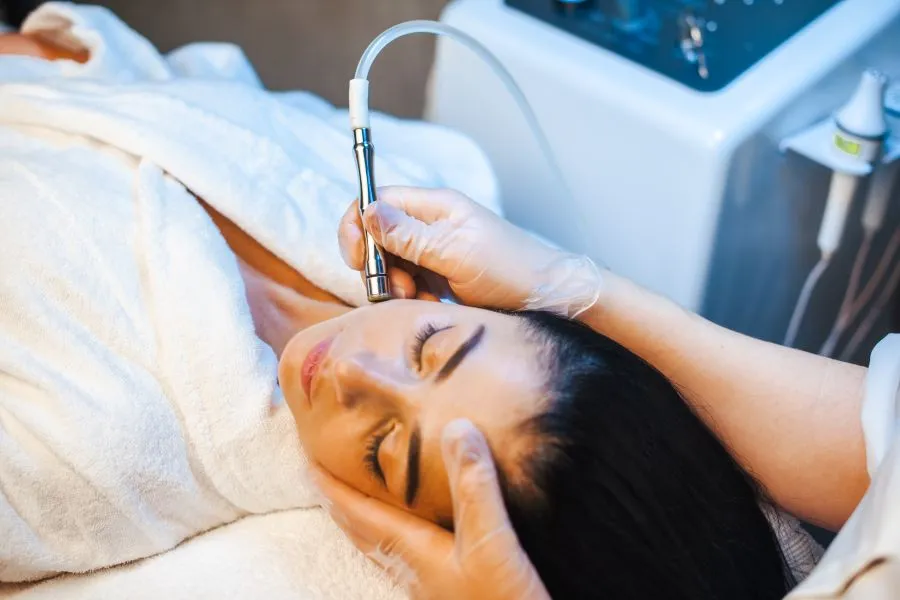 Anti-aging is a leading demand for masks and skin treatments. Traditional botanicals are merging with advanced technology to deliver precise functionality without compromising purity. As a result, mask and treatment launches with botanical/herbal claims have increased in North America over the past year. This aligns with the “Amplified Natural Actives” personal care trend, highlighting that consumers are seeking fortified natural ingredients that deliver specific benefits.
Anti-aging is a leading demand for masks and skin treatments. Traditional botanicals are merging with advanced technology to deliver precise functionality without compromising purity. As a result, mask and treatment launches with botanical/herbal claims have increased in North America over the past year. This aligns with the “Amplified Natural Actives” personal care trend, highlighting that consumers are seeking fortified natural ingredients that deliver specific benefits.
One in three consumers in North America is showing interest in new ingredients/technology for facial skin care. Brands are leveraging this trend by incorporating novel skin care actives in masks and treatments, such as medical-grade exosomes, to attract experimental consumers.
Hydrocolloid retinol, dimethylaminoethanol pore-minimizing strips, and patented hydrodeeper complex are a few actives used in skin care products backed by science. The inclusion of these ingredients improves hydration and helps maintain a healthy skin barrier.
Convenience-driven results
In North America, one-third of consumers follow a basic facial care routine with specific treatments. These shoppers increasingly seek skin type-specific formulations that address both environmental triggers and lifestyle factors. For instance, consumers with dry facial skin prefer products featuring adaptive hydration solutions to mitigate the skin impact that arid conditions in their region have.
With social media erasing traditional barriers to awareness, consumers are increasingly trusting local brands over international brands for their facial skin care needs. This trust fuels scalable expansion for local/regional brands by leveraging hyper-regional relevance and digital accessibility.
Ethical consumerism
Consumers are increasingly choosing brands that align with their ethical principles. This shift presents an opportunity for brands in the mask and treatment market to adopt and highlight cruelty-free, sustainable, and transparent practices, thereby connecting with ethically driven consumers. Products with sustainability claims have displayed a 19% CAGR growth in launches over the past five years. 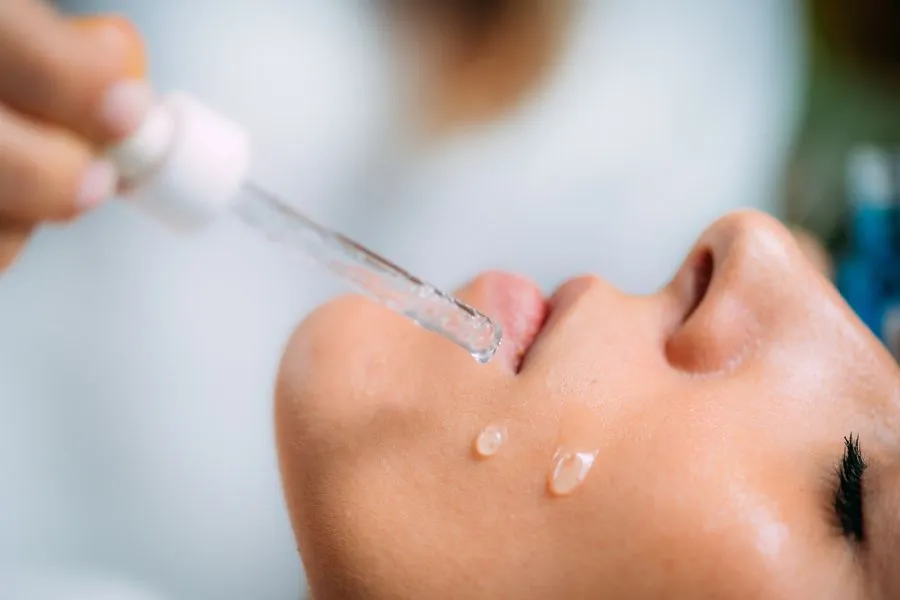 Fermented ingredients are emerging as a key innovation in masks and treatments.
Fermented ingredients are emerging as a key innovation in masks and treatments.
For example, Origin formulates an overnight hydrating mask without animal ingredients, making it suitable for vegetarians and vegans. The product also comes in carbon-neutral shipping.
The clean beauty trend appeals to Gen Z and millennial consumers in North America. The trend’s prioritization of health, safety, and value drives brands to adopt transparent, non-toxic formulations to align with evolving consumers’ expectations in the clean skin care space.
Modular packaging
Packaging in North America is shifting from monochrome to modular designs. These packaging designs are simple yet informative and elegant, embodying minimalist design for niche audiences.
Additionally, brands are incorporating functionality-driven packaging to enhance the consumer experience. They are innovating with precise nozzles and advanced applicators in masks and treatments in North America. Limited edition packaging for masks and treatments has grown at a 17% CAGR over the past five years, fueled by consumers’ cravings for an elevated experience.
Result-driven formula
Demand is rising for skin renewal, elasticity improvement, and fine-line reduction, reflected in the growth of masks and treatments in the anti-aging segment.
For example, the Excuse My Frank Bakuchiol Age Defense Eye Cream is enriched with bakuchiol, a plant-based alternative to retinol, providing effective anti-aging benefits with minimal irritation. Meanwhile, the Sarah Creal Lip Grip Peptide Priming Treatment contains peptides that reduce the appearance of fine lines and wrinkles.
One in four consumers in North America uses exfoliators in their daily skin care routine. Gentle claims are also gaining attention in this daily facial care regimen, displaying 39% CAGR launches over the past five years.
What’s next in mask and treatment trends?
The North American beauty market continues to evolve, with consumers prioritizing efficacy, sustainability, and skin health. As demand grows, brands can explore innovative formulations that align with shifting preferences.
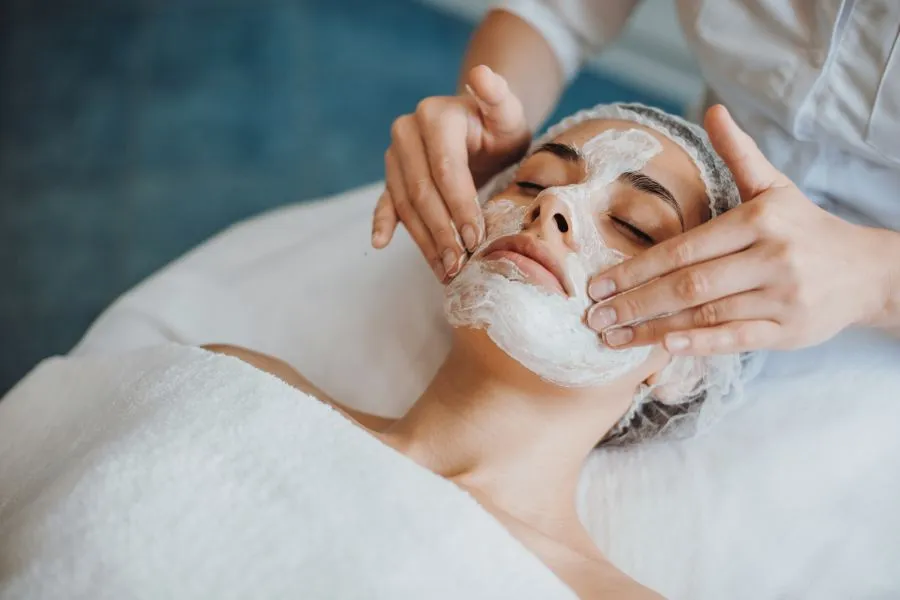 Ethical and cruelty-free claims are becoming central to mask and treatment launches. Trends show that fermented skin care can offer enhanced absorption and potency, making it a promising avenue for masks and treatments. Ingredients like fermented green tea and rice water can support skin health while appealing to consumers seeking science-backed solutions.
Ethical and cruelty-free claims are becoming central to mask and treatment launches. Trends show that fermented skin care can offer enhanced absorption and potency, making it a promising avenue for masks and treatments. Ingredients like fermented green tea and rice water can support skin health while appealing to consumers seeking science-backed solutions.
Masks infused with prebiotics, probiotics, and postbiotics can help maintain a balanced skin microbiome. These formulations can strengthen the skin barrier, reduce sensitivity, and cater to the rising interest in holistic skin care.
Men’s skin care is gaining traction, and brands can introduce targeted masks and treatments designed for specific concerns like hydration, oil control, and post-shave care.
With increasing regulations and consumer awareness, brands can also prioritize biodegradable and natural alternatives to microplastics, reinforcing their commitment to sustainability. Eco-conscious consumers appreciate brands that minimize their environmental footprint. Using renewable materials and carbon-neutral processes can enhance trust and future-proof product offerings.
As consumer expectations shift toward more natural products, brands that combine gentle ingredients with sustainability in their masks and treatments are likely to stay ahead in the evolving North American beauty market.







